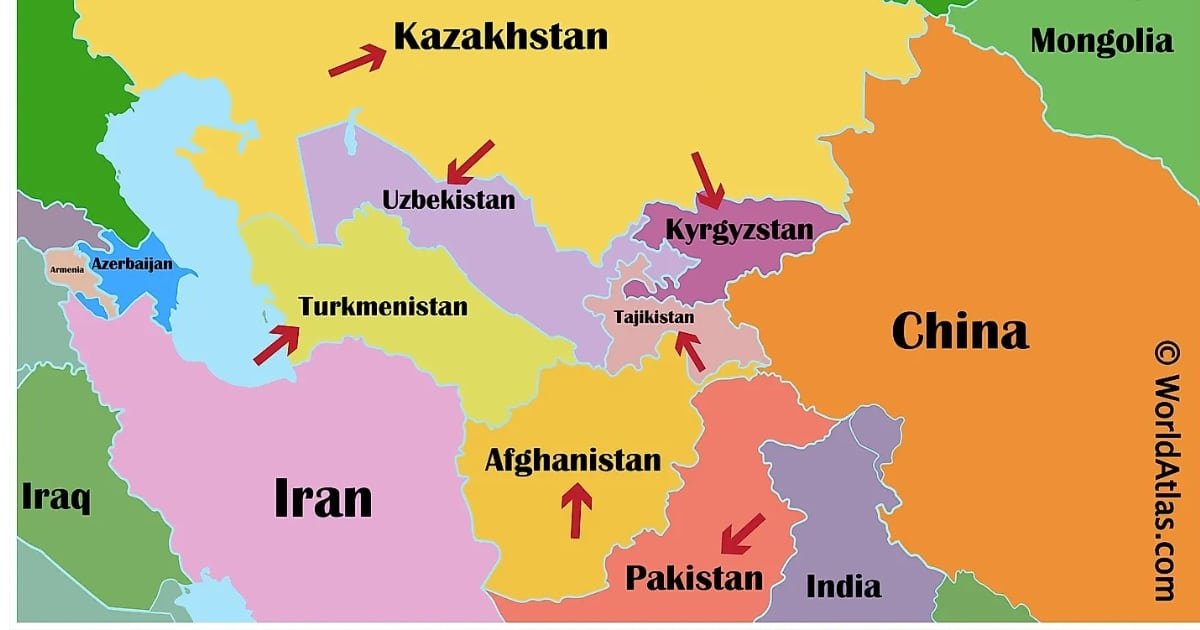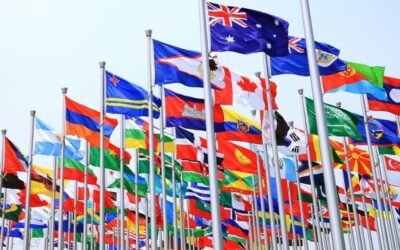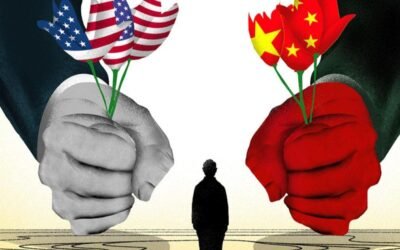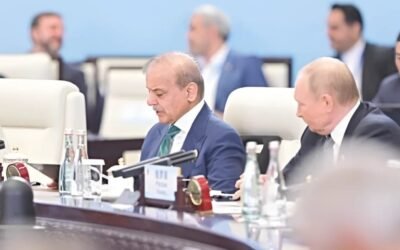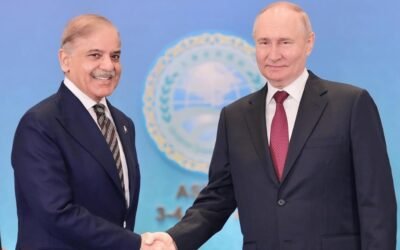Central Asia’s Muslim-majority states, Kazakhstan, Kyrgyzstan, Tajikistan, Turkmenistan, and Uzbekistan, are now arenas of regional influence. Competing powers seek control of trade routes, energy corridors, and alliances. For Pakistan, building a positive image is crucial. It must also counter rival narratives from India, Iran, and the U.S./EU. This requires soft power. Culture, values, religion, and ideas must complement traditional diplomacy. South Asia and Central Asia share old ties. Analysts note that the subcontinent’s cultural, commercial, and political links with Central Asia stretch back to the Timurid and Mughal eras. Pakistan can highlight this common heritage. It can present itself as a bridge between Central Asia and the wider Muslim world. Yet modern outreach is essential. Media, education, and cultural diplomacy need upgrades. Winning hearts and minds matters as much as trade agreements.
Central Asia holds historic and cultural significance for Pakistan, rooted in shared Islamic heritage, Sufi traditions, dynastic rule, and the Persian-Urdu literary legacy. These ties, disrupted by colonialism and the Soviet era, are now reviving through organizations like ECO and projects for regional connectivity. Pakistan recognized Central Asian states early, with Kazakhstan emerging as a key partner. Both sides see opportunities in trade, energy, defense, and education, making regional integration vital for peace and prosperity.
Pakistan’s shared Islamic heritage with Central Asia gives a natural base for cultural diplomacy. Both regions are linked through history, religion, and traditions. Studies note that common culture, religion, and even agriculture can build goodwill. The legacy of saints and festivals like Urs celebrations offer platforms for contact. Youth groups, cultural teams, and sports exchanges can also revive old ties.
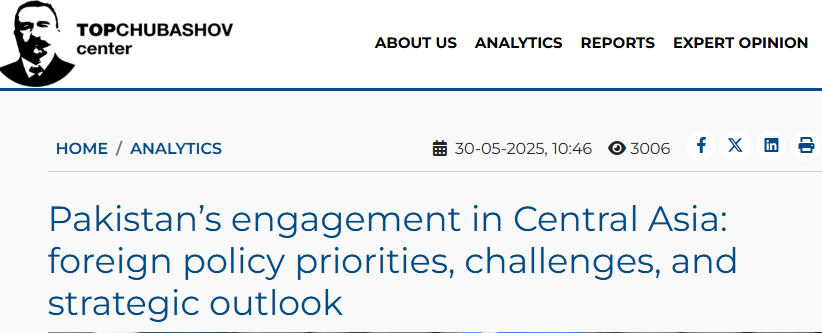
Source: Top Center
Soft Power Tools
Pakistan can use many soft power tools. The Dosti-II exercise in Tajikistan boosts Pakistan’s soft power in Central Asia. It shows Pakistan as a reliable security partner. Military cooperation strengthens regional stability. This complements cultural, educational, and media outreach. Together, they help counter rival narratives. Pakistan projects influence and builds trust in the region.
Pakistan can promote cultural ties through film festivals, art shows, and tourism events on its Himalayan and Silk Road heritage. Media strategy is vital since Pakistani outlets have little reach abroad. Experts advise redesigning the PTV plan to project positive narratives. Another study notes that the Pakistani media lacks global audiences but can still be used. Dramas dubbed in Uzbek, Kazakh, or Russian and documentaries on Silk Road heritage can attract viewers. Social media is also a tool, with short videos on shared culture and history aimed at Central Asian youth. Scholars suggest building a digital media corridor so both regions can create shared content and strengthen understanding.
Pakistan’s economic diplomacy supports its cultural outreach. CPEC can extend to Central Asian markets through Afghanistan. Agreements with Kazakhstan and Uzbekistan plan rail and road corridors. These links would make Gwadar and Karachi outlets for Central Asia. Such projects show Pakistan as a gateway and build friendly perceptions. They also create daily contact through trade fairs, joint ventures, and transit chambers. Analysts call the Trans-Afghan railway a crucial link tied to CPEC. Pakistan can present it as proof of inclusive regional growth under its role.
In February 2025, PM Shehbaz Sharif visited Azerbaijan and Uzbekistan. The visits focused on trade, energy, defense, connectivity, and cultural exchange. Azerbaijan pledged $2 billion in investment, while agreements with Uzbekistan covered trade, transport, science, and education. Central Asia’s energy and markets offer Pakistan diversification and export opportunities. The initiatives aim to boost regional integration, infrastructure, industry, and people-to-people contacts. Timely implementation, joint commissions, and cultural programs are key to success. These efforts position Pakistan as a regional hub linking South Asia, Central Asia, and beyond.
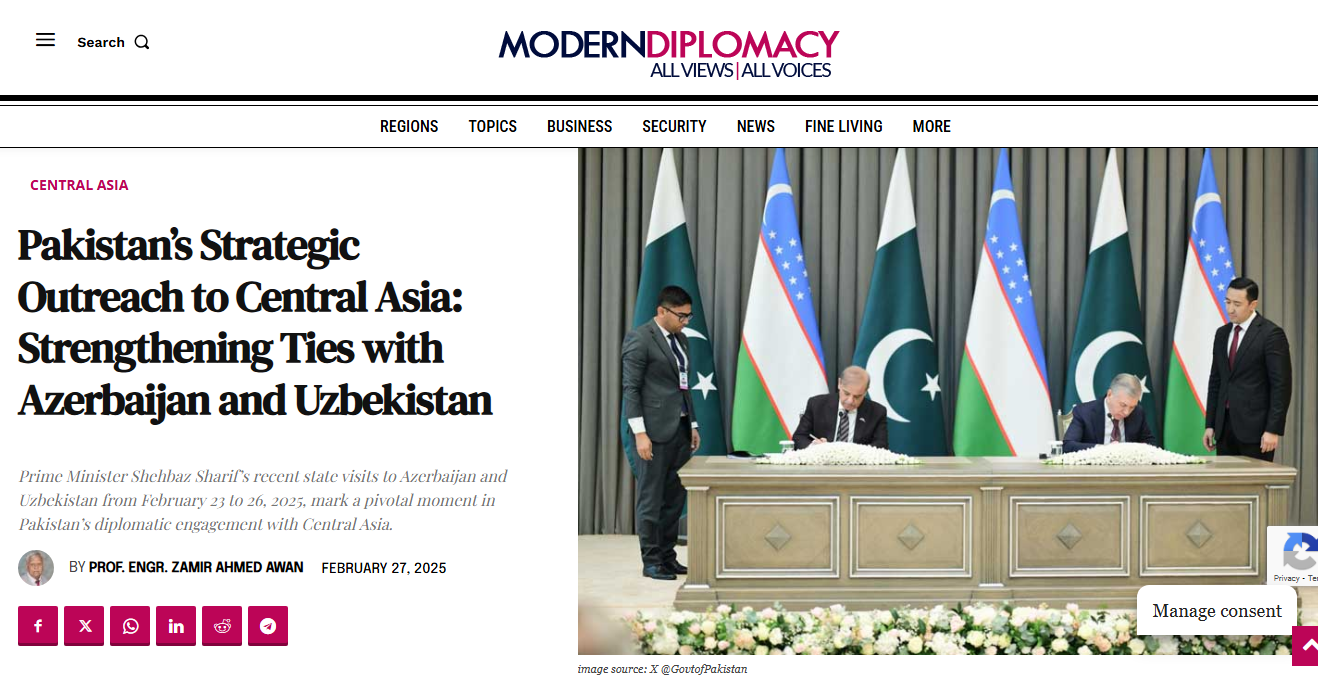
Source: Modern Diplomacy
Crafting Pakistan’s Counter-Narrative in Central Asia
Countering rival narratives needs a clear understanding. India is advancing ties with Central Asia not through money or force but by leveraging culture. Bollywood dominates screens in Kazakhstan. Indian universities attract Uzbek students, and the Buddhist heritage links appeal in Kyrgyzstan. These cultural and educational tools build long-term influence, making people in the region more receptive to India’s worldview.
Iran highlights Shia-Sufi ties and promotes Persian media. Western and Gulf actors rely on NGO aid, education, and media funding to shape views. The U.S. is increasing engagement in Central Asia. It uses C5+1 summits, mineral talks, and soft power tools. Media, education, and civil society investments show long-term interest. These moves may create dependencies. Central Asia could become the U.S.’s next strategic focus after the Middle East.
Pakistan must answer with its own storyline. It can stress stability through CPEC-led growth and show itself as a partner against threats like radicalism. The media can help by airing documentaries on Pakistani scientists and doctors working in Central Asia. Joint films with Uzbek partners can also humanize ordinary Pakistanis and build friendly perceptions.
Conclusion
Pakistan’s soft power in Central Asia depends on linking history with modern outreach. Analysts stress the balance between ideology and practical diplomacy. Pakistan must project tolerance and progress, not domestic turmoil. Cultural diplomacy and strong messaging are vital. Tools include PTV World, social media, student exchanges, and promotion of shared Islamic heritage. Infrastructure like railways and energy pipelines can also serve as bridges for contact. With a clear strategy, Pakistan can move from short-term image fixes to lasting influence. Media, culture, and people-to-people ties can counter rivals and win goodwill in Central Asia.
You May Like To Read: PM Shehbaz, President Putin Interact at SCO Summit, Signal Warming Pak-Russia Ties

